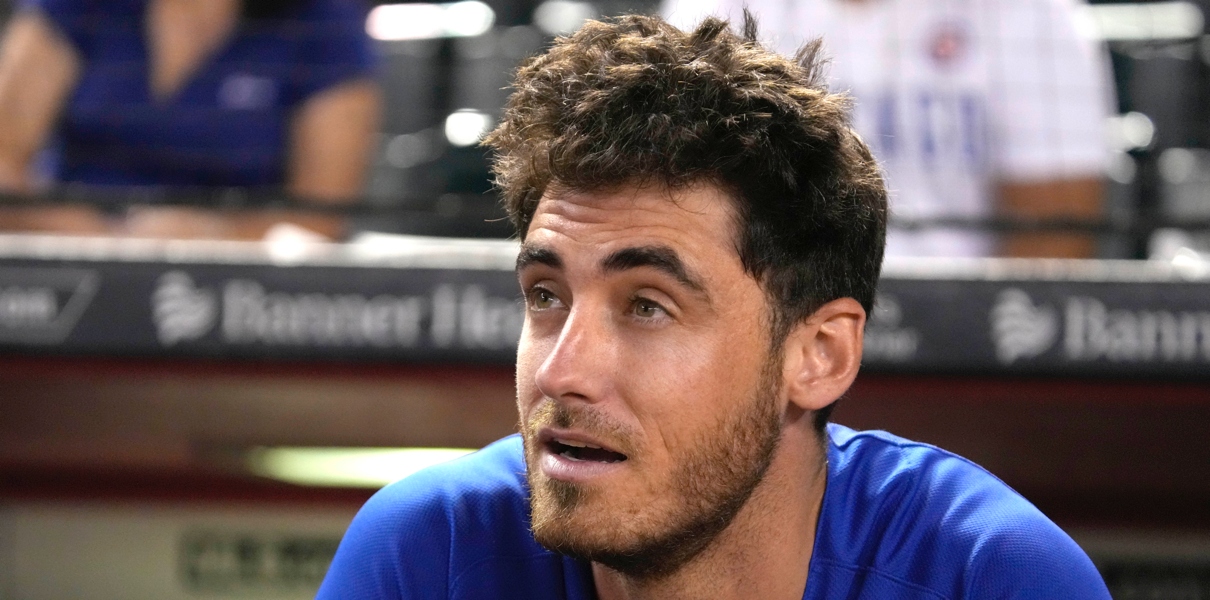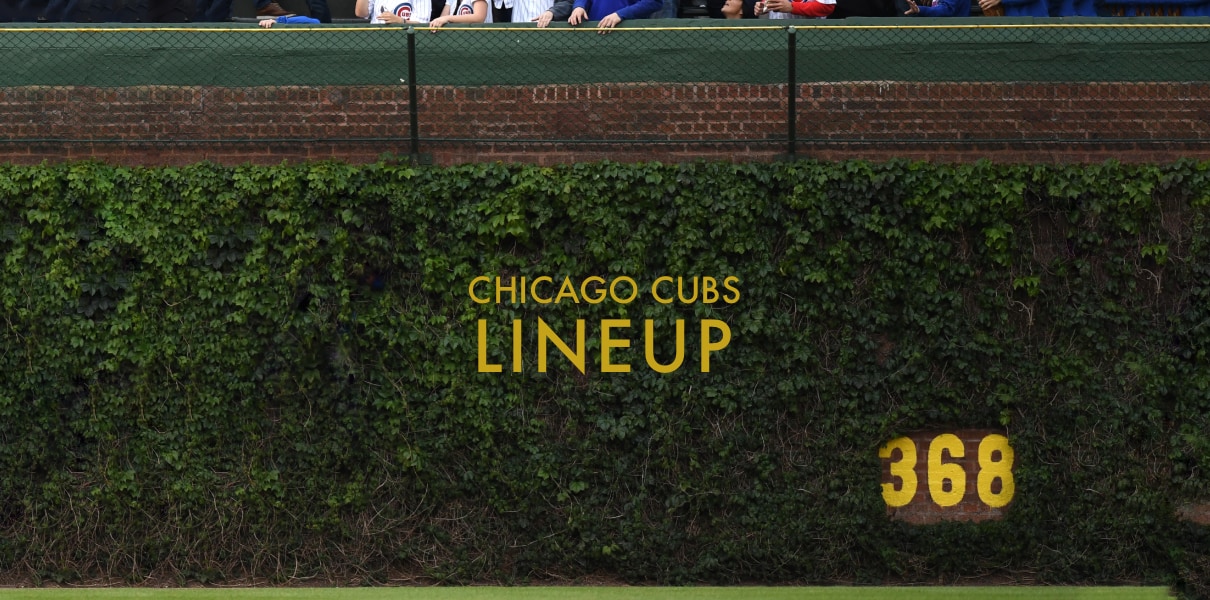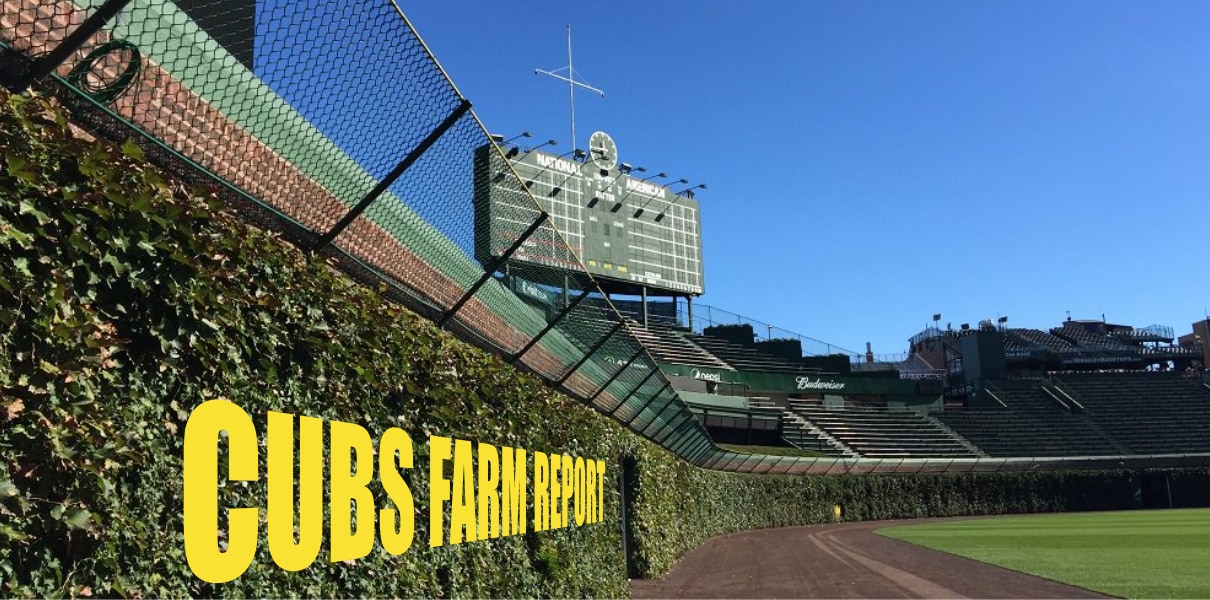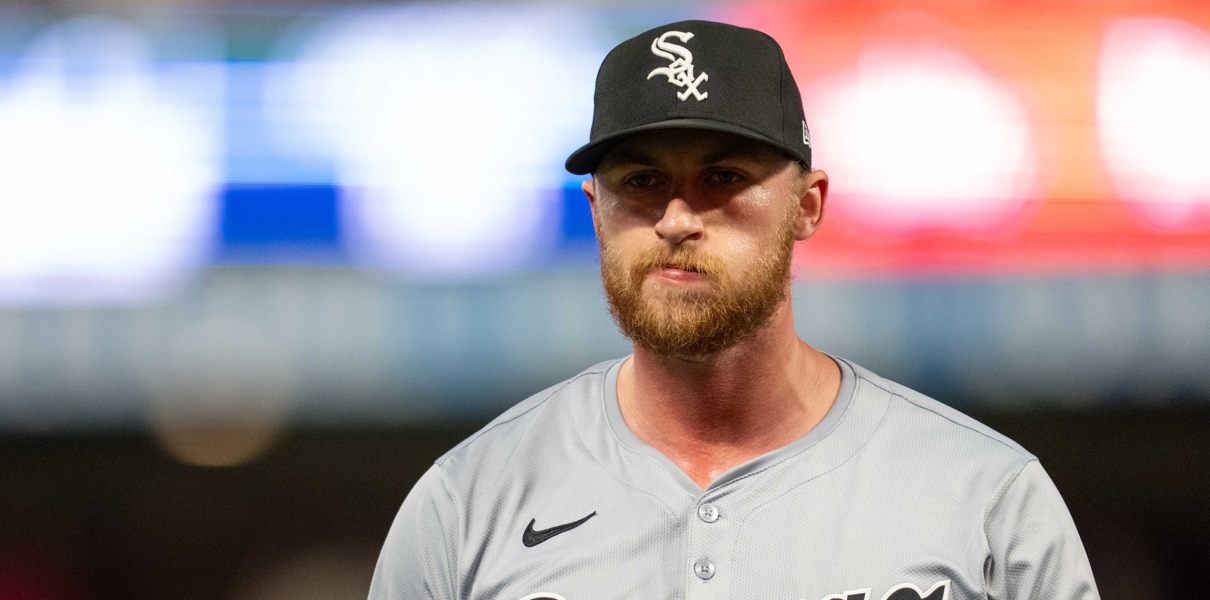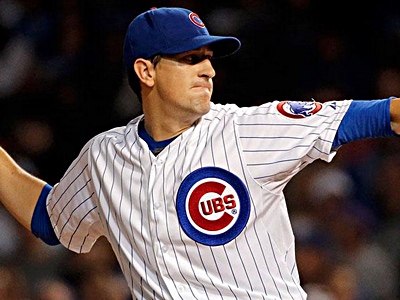
Given the unusualness of the elevated pitch count (for Hendricks) and the potential to do something special, the mood was equally elevated, at least more so than a typical 5-0 score.
J.T. Realmuto stood in the box with the count at two balls and two strikes, as Hendricks delivered the final pitch – a ground ball to the shortstop, Addison Russell, turned into a game-ending double play, and Hendricks finished the second complete game shutout of his career.
Relive his start right here:
Your browser does not support iframes.
His final line read 9.0 innings pitched, 0 runs, 7 hits, 3 walks, and 5 strikeouts for a game score of 79. Hendricks faced just six more batters than the minimum, and continued what can only be described an utterly dominant stretch of baseball. We’ve done this before, but after a performance like last night, it’s time to take a closer look at Hendricks, who figures to be a strong candidate for the NL Pitcher of the Month in July … if not a lot more, given how he kicked off August.
[adinserter block=”1″]
Although we touched on it briefly in the bullets this morning, it’s worth pointing out how big of an impact a night like last night had on Hendricks overall slash line. Check out his numbers before and after last night’s lengthy gem:
Kyle Hendricks
Indeed, even after 125.2 innings pitched this season, Hendricks dropped his already fantastic ERA by 17 points over the course of a single start. Despite boasting just 2.7 fWAR (not bad, by any means; it’s just that FanGraphs WAR is based on predictive measures like FIP), he has been one of the best pitchers in baseball this season. Check out his numbers compared to the rest of the league:
And even though his FIP and xFIP aren’t quite in that upper, super-exclusive tier next to his ERA, that’s not all that surprising. Hendricks, as we know, isn’t as much of a strikeout pitcher as those guys (21.4%), and strikeouts are a huge component of FIP and xFIP. Even though he displays great control (6.9%), then, he’ll probably never have the strikeout numbers – and thus – FIP of someone like Clayton Kershaw or Noah Syndergaard.
But that doesn’t mean he can’t be super effective, as we’ve seen, because Hendricks does have a different, super-exclusive skill: inducing weak contact. And he’s as good at it as anyone.
[adinserter block=”2″]
In 2016, Kyle Hendricks has induced the most weak contact of any qualified pitcher in baseball. In fact, his 25.9% soft contact rate is not only the best in baseball, it’s the best in baseball by 1.2 percentage points over the guy in second place, and just about 4.0 percentage points higher than the 10th best pitcher. In other words, he’s not just the best; he’s really, really the best.
And it doesn’t stop there! But wait, there’s more! And you haven’t seen anything yet!
Kyle Hendricks also has the third lowest hard hit rate of any pitcher in baseball. And while that may seem obvious, given his league leading soft-hit rate, it doesn’t quite work that way. Limiting hard contact is just as important, and also a seemingly separate skill (the “medium” contact rate in the middle exists, meaning a struck ball isn’t solely “hard” or “soft”). Hendricks, it seems, has been among the very best at both, which is precisely why you can more strongly believe in his results (over his peripherals) as an actual representation of his true talent level. He is just a completely different type of animal than the current power arm, high-K pitching fad (not that it’s a bad fad).
“He’s on his way,” Cubs manager Joe Maddon told Cubs.com after the game. “Look at the numbers. Look at the numbers at home – they’re absurd. It’s a different version of what Jake [Arrieta] did last year. Number-wise, innings-wise, as [Hendricks] gets stretched out like this, maybe we’ll let him go a little bit more.”
It’s not crazy to think that Hendricks is capable of lasting longer and longer into outings, especially as he become more effective and more confident. After all, he’s always been a healthy pitcher, he doesn’t have an unusual or especially stressful delivery, and he’s just 26 years old.
[adinserter block=”3″]
In his postgame interview, Maddon suggested that although Hendricks had an elevated pitch count heading into the 9th, there weren’t many stressful innings, and his stuff was the same early as it was late (Cubs.com). This way of thinking – separating pitch count from stressfulness – is something that has become more and more prevalent lately, and it’s something we all need to be increasingly aware of. Had the weather been worse, or Hendricks labored through some tight spots, he probably wouldn’t have been back out there for so many pitches. But because he looked healthy, confident, and strong, Maddon let him roll with it.
With Brian Matusz going on Sunday night, Hendricks did get an extra day of rest, and the Cubs have two upcoming off-days in the next week, alone. That, combined with the fact that the bullpen tossed 9.0 innings the day before combined for the perfect time to go for the complete game shutout.
Hendricks admitted that last night was the best he’s ever pitched and the most confident he’s ever been on the mound. Still, he doesn’t see it more than a feather in his cap. “That’s just an accolade,” Hendricks said, per Cubs.com. “We’ve got a long way to go. Our sights are a lot more than individual honors on this team. My sights are set higher.”
While Hendricks almost certainly meant a Cubs World Series, he may be selling himself a bit short. If he keeps pitching the way he has been, he might soon become a candidate for another individual award – the one they don’t announce until after the season is over. We’re a long way off from that, no question, but that doesn’t mean it’s impossible.







